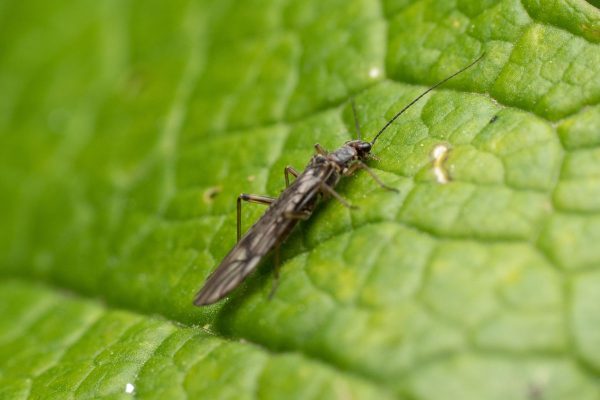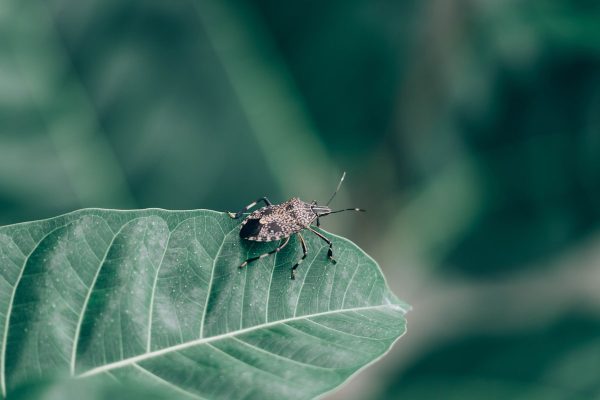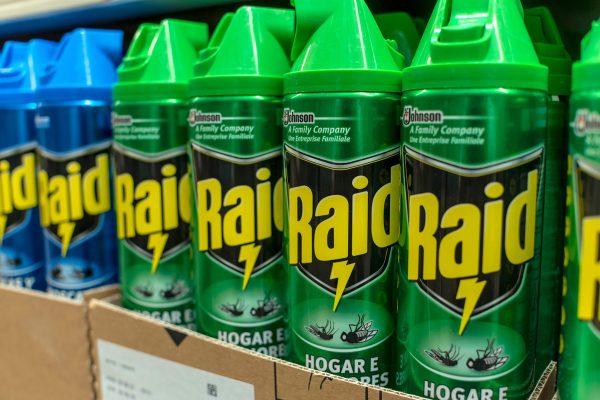Fumigation entails spraying the afflicted areas of your home with a pesticide that causes fleas to suffocate. If you are planning on fumigating your enrironment anytime soon, we asked experts how long it would take, here's their reply.
On average, flee fumigation takes between 3-5 hours. The amount of time it takes for the fleas to die when the flea fogger is set off varies. It can depend on the product, the degree of the infestation, the size of the area being treated, and the active component in the flea fogger.
If then, it takes one day for fogging fleas, how long would the fumigation effect last? Would all fleas get exterminated after fogging? All these questions and more would be discussed below so stay put and keep reading.
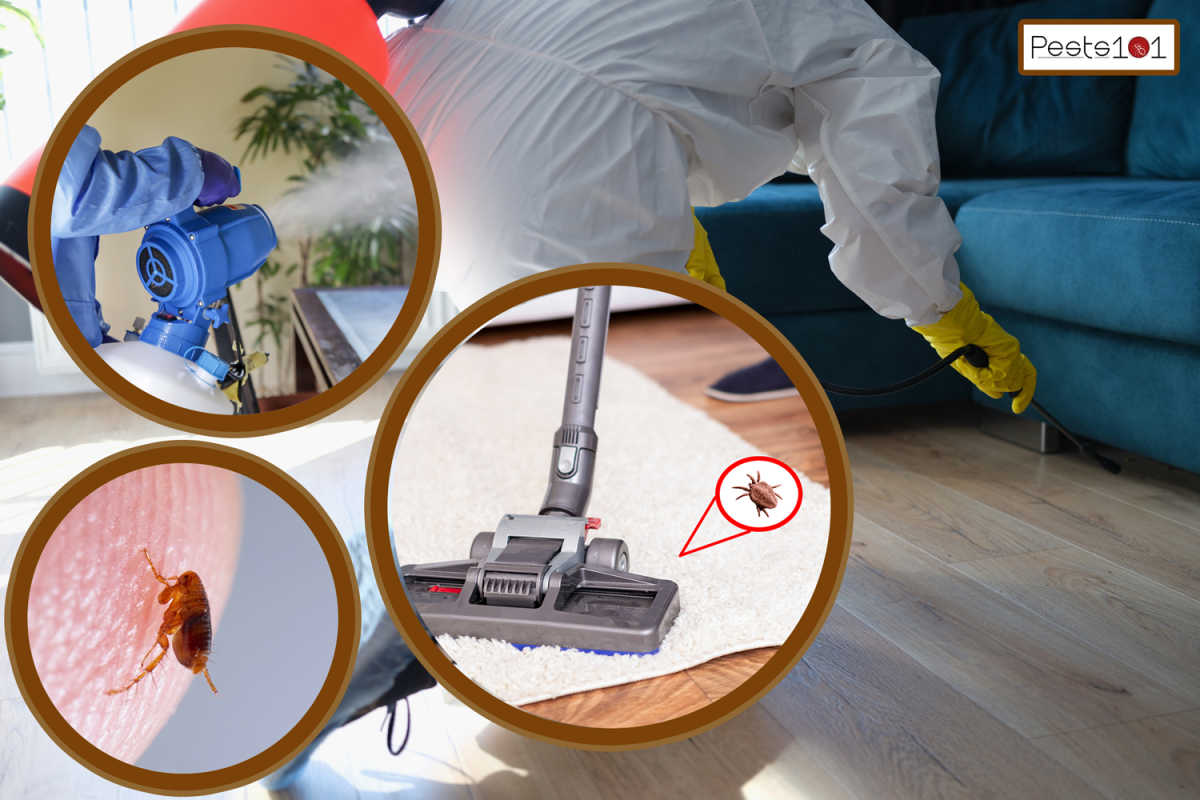
How Long Does Flea Fumigation Take?
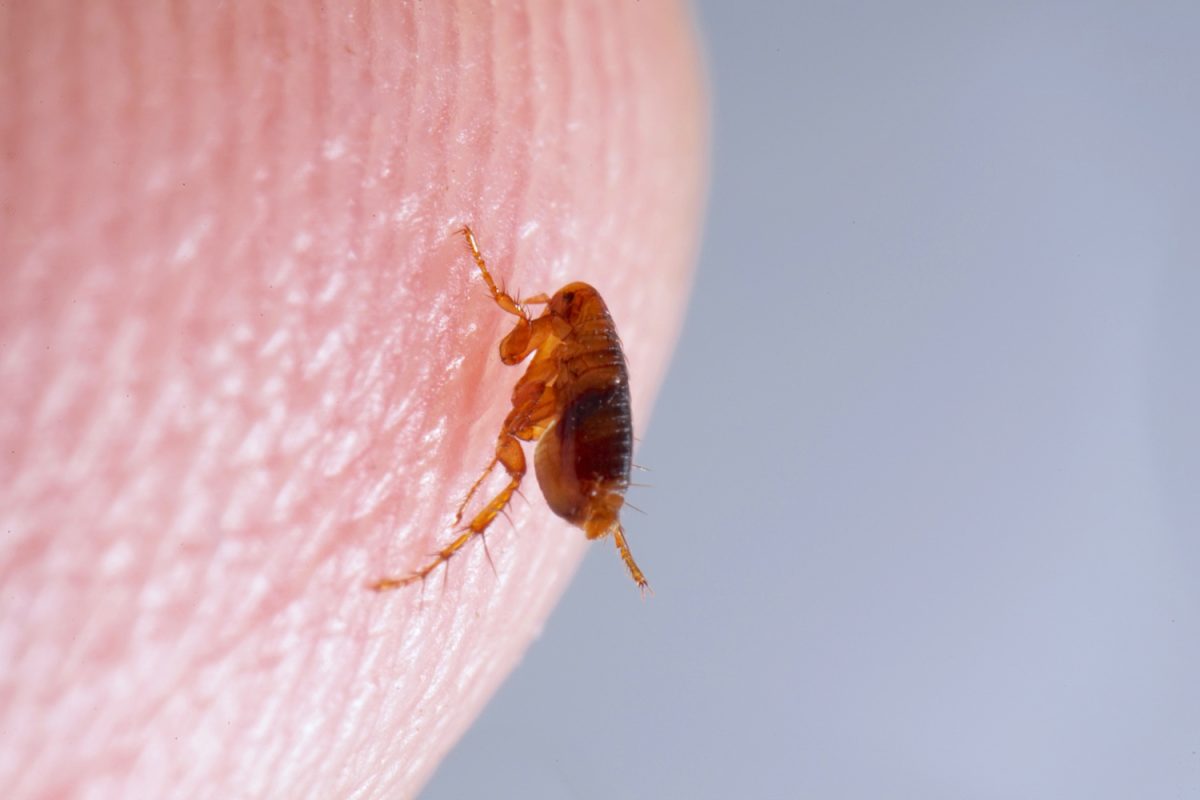
Depending on how long your pest control technician says it will take, this might take anywhere from three to five hours. While it is not required, it is recommended that you take your pets with you and get them treated for fleas by a veterinarian.
How Long Does Fumigation Effect Against Flee Last?
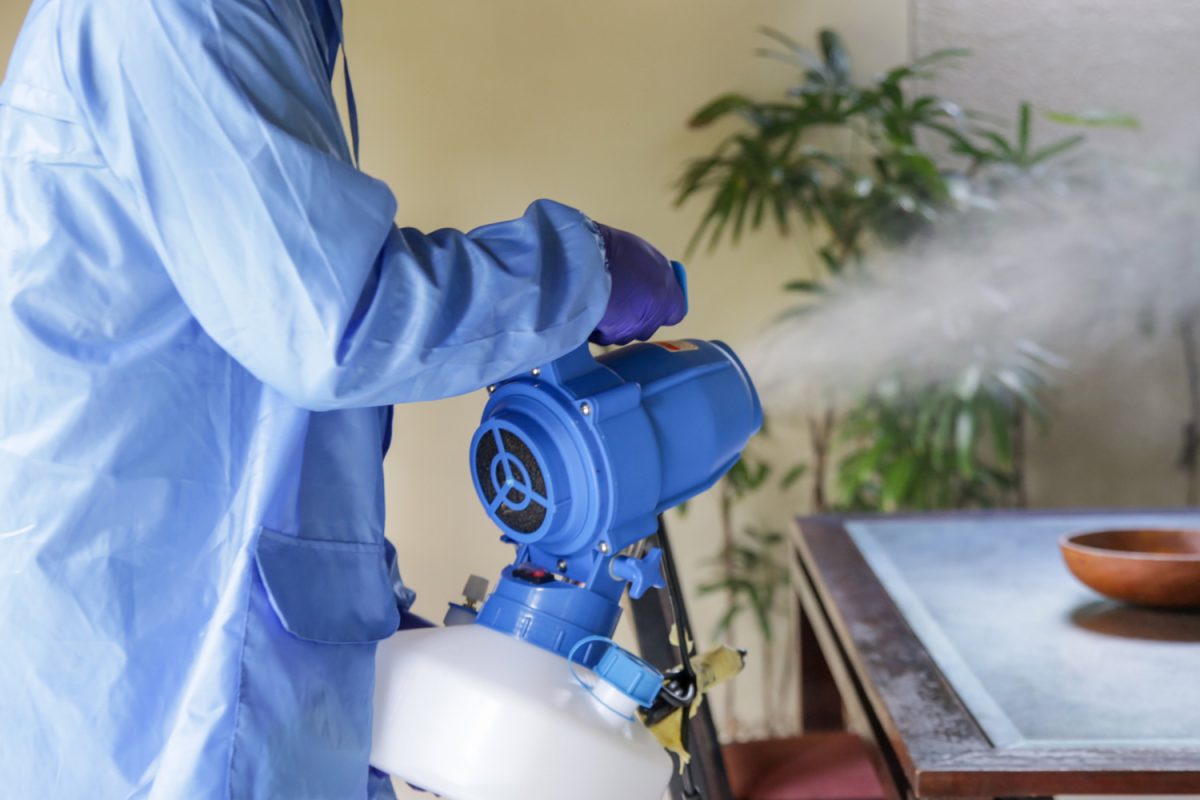
For two weeks after treatment, you should refrain from vacuuming, washing, or cleaning the floors. This is because your floors will be coated with an insecticide that is odorless and invisible. If left unattended, it will continue to work for a long period, due to its residual effect.
Treatment kills fleas quickly, but the floor should not be cleaned or swept for at least two weeks since there are still eggs that will hatch and spread the infestation.
Fleas may resurface some days after treatment when eggs hatch and mature; this is normal and the pesticide will kill them if it is left in place. To avoid removing the pesticide, it's crucial not to cleanse.
Fleas, eggs, and larvae, all perish within minutes of being exposed to heat. It might take up to 48 hours for the adult insects to die with fumigation. Despite the fact that the residual pesticide left behind may kill flea larvae as they hatch, it may be essential to carry out many follow-up treatments to eliminate the fleas.
Fleas: Lifecycle and Development
Fleas are flying, wingless insects that range in length from 1.5 to 3.3 millimeters (0.6 to 0.8 inches), fleas are adept at penetrating the skin and draining their host's blood via an epipharynx, or stylet.
Fleas lack complex eyes but instead have a simple eyespot with one biconvex lens; other species do not have eyes at all. As they pass through the host's hairs or feathers, their bodies are laterally compressed, making it easier for them to penetrate.
Sclerites and hard plates cover the flea's body, protecting it from predators.
The lifecycle of fleas has four life stages: egg, larva, pupa, and imago. They are holometabolous insects. Females and male fleas in the majority of species are not reproductively mature when they first emerge and must feed on blood to develop.
The different stages of the development of fleas would be discussed in the ensuing paragraphs.
Egg
Around two to a dozen eggs may be deposited in one batch depending on the species of fleas. One hundred to several thousand eggs are laid by a female in her lifetime, depending on her fertility.
Depending on the specific species, flea eggs may be placed in the host's nest or burrow, or they may be laid on the host and fall to the ground. Hence, the host's sleeping and resting places become a key home for eggs and larvae.
Hatching takes anything from two days to two weeks. This issue may be because the immune system of the host is weakened, although experiments have shown fleas lay more eggs on hosts that have reduced food consumption.
Larva
Larvae of fleas hatch from eggs and feed on dead insects, excrement, conspecific eggs, and plant materials. In laboratory experiments, larval growth seems to be dependent on the presence of diverse food.
If nonviable eggs were included in the larvae's diet, almost all of them became adults. For safety reasons, they avoid sunshine and gravitate toward areas that are damp and dark, like beneath carpets and under beds. They are also unable to see. Within four and 18 days, the larval stage is complete.
Pupa
Upon reaching the third larval stage, if there is sufficient food, the larvae pupate and begin to build silken cocoons. During its last molting process, the larva transforms into its adult form in the cocoon.
Pre-emergent adults may take as little as four days to emerge, but they can take considerably longer under difficult circumstances. After this, they go through a period when they wait for the right time to emerge.
Imago [Adult]
The flea's principal objective as an adult is to obtain blood and then breed. During the course of their lifetime, female fleas may produce as many as 4,000 eggs, allowing for a fast population boom. Adult fleas have a short lifespan of two to three months.
Unless it has a host to feed on, a flea's life may be cut short in a matter of days without the blood meal. As long as the weather, food sources, and humidity levels are perfect, adult fleas may survive up to 18 months.
Adult fleas may go many months without feeding if they don't emerge from their puparium, although this is not recommended.
Is An Exterminator Worth It For Fleas?
Flea infestations may be rapidly and cost-effectively eliminated by professional pest exterminators. DIY methods may complicate problems and end up costing a lot of money. And they do not promise that the issue will be completely resolved.
How Do I know The Fleas Are Gone?
Fleas exclusively feed on the blood of birds and mammals, hence their preferred hosts for the most frequent species are dogs and cats.
To determine the existence of fleas, using a flea comb or brush against your pet's hair until the skin is visible would be one way to determine the existence of fleas in your home.
You could start from the top and then work your way to the bottom. Be careful to inspect your pet's toes, ears, armpits, tail, and head as well. It is common for fleas to hide and congregate in these locations.
Can Fleas Come Back After Fumigation?
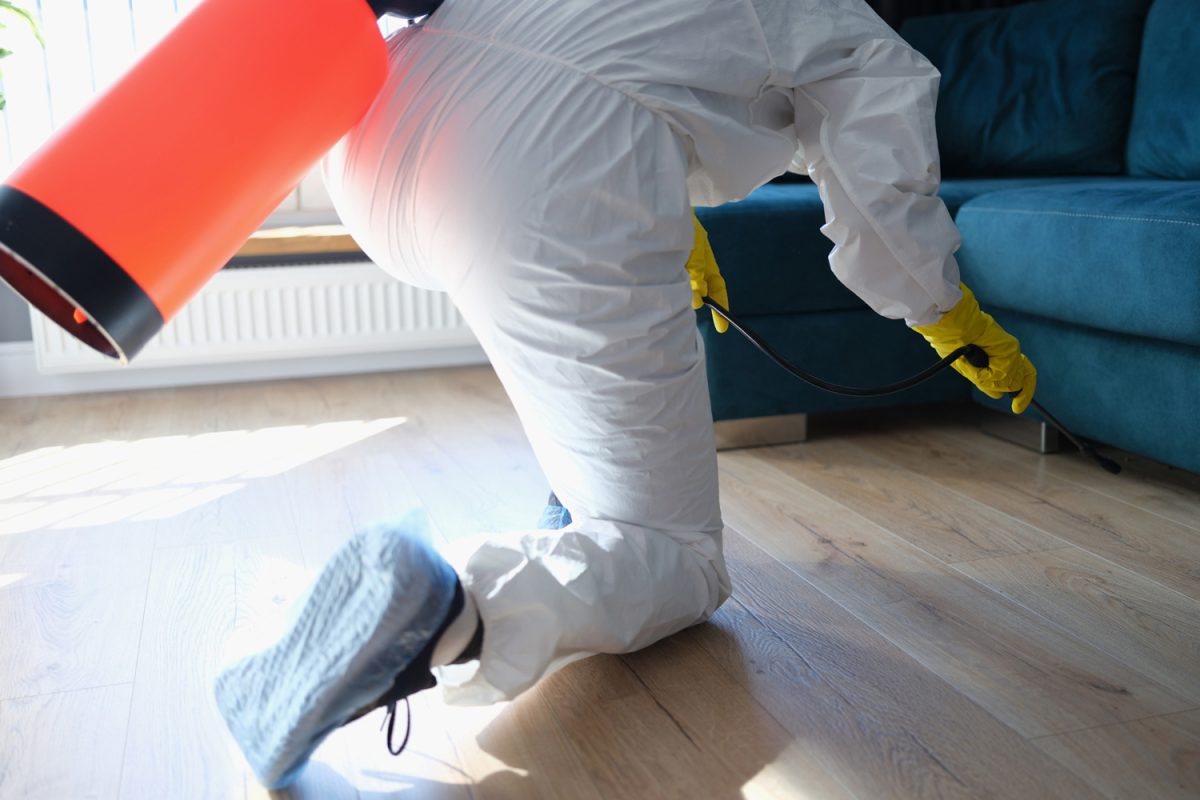
It takes fleas 17 to 26 days to get from egg to adult in a household. However, fleas may be seen for up to eight weeks following treatment. Four to five months after pupating, cocooned adults may remain dormant until they find a host.
As long as the pets and the house have been adequately treated, there will be a lack of eggs, which means that no new fleas will be born. Fleas should gradually disappear from the house until they are no longer a concern.
Why Do I Still Have Fleas After Fogging?
In a scenario whereby you use the use of flea bombs, you should be aware that they do not cover the whole floor and furniture where you assume fleas are hiding while employing them.
It is possible that the pesticide may kill the fleas it comes into contact with, but it will also awaken any fleas that may be nearby. Pesticides in flea bombs have limited residual toxicity, so any fleas that come into touch with chemical deposits on the floor are not killed.
Consequently, this does not work on these fleas either. As a result, fleas scatter throughout your house, increasing the severity of your infestation. To avoid the flea bomb, they may also hide under soft furniture such as carpets, rugs, and sofas.
How Long Can Fleas Live on Carpet?
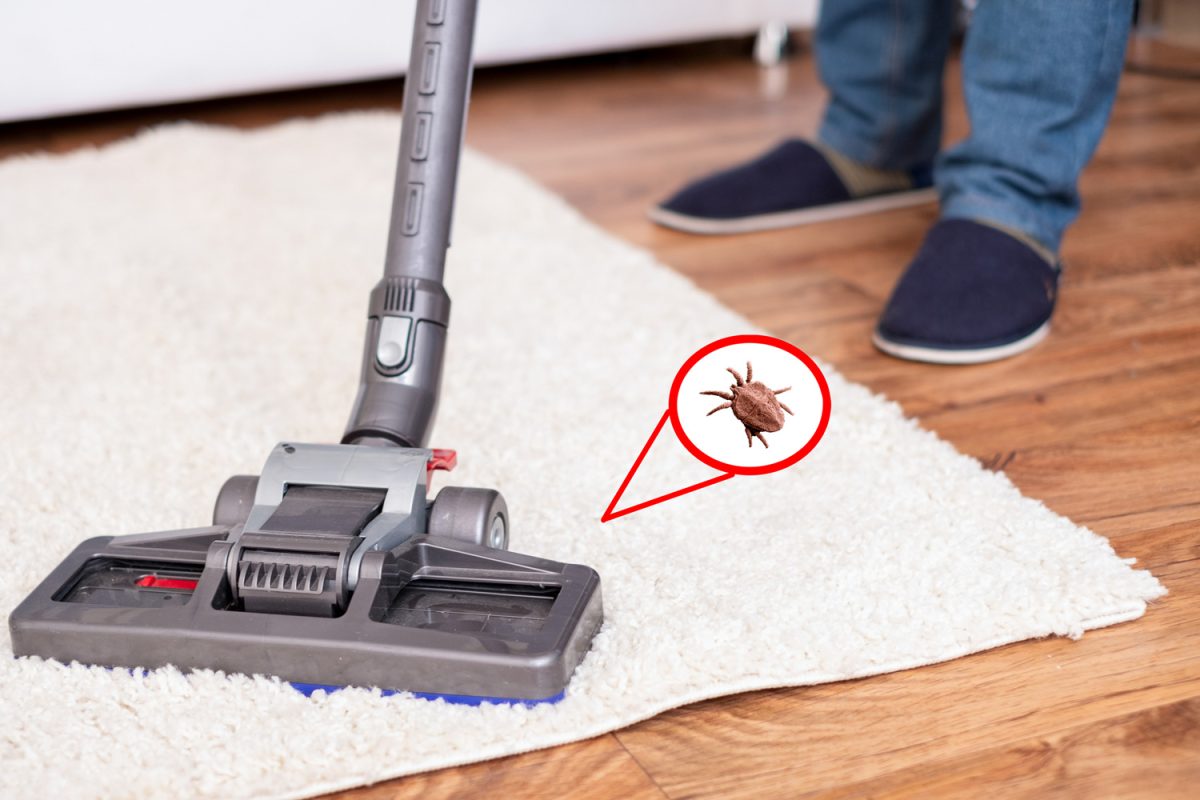
Depending on the carpet, fleas may survive for up to three months. However, if they have a host, they could remain on the carpet indefinitely.
Fleas have a short lifespan if they do not ingest a blood meal. Before hatching, flea eggs survive for two to three days. And it takes up to 12 days for the eggs to hatch.
How Much Does it Cost to Get Rid of House Fleas?
Flea elimination treatments typically cost between $200 and $350, with the typical homeowner shelling out around $270 for the first treatment and a follow-up visit. For a single treatment, pest control experts charge a minimum of $135.
The average cost of flea treatment for an infected household is roughly $430. Costs may include veterinary care, extra washing, and house cleaning services. The cost of extra services is reflected in the final pricing.
Pest control businesses provide contracts that include flea treatments every month or every few months if you don't want to deal with fleas on your own. Around, this monthly fee is less expensive than the cost of a one-time treatment, which is around $75.
Conclusion
If you are thinking of fumigation, it would be best to be well-informed about the advantages and disadvantages of fumigation.
To learn more about fumigating pests, we recommend you read these articles:

